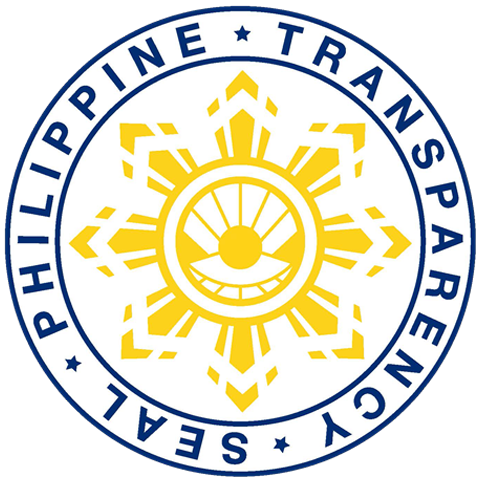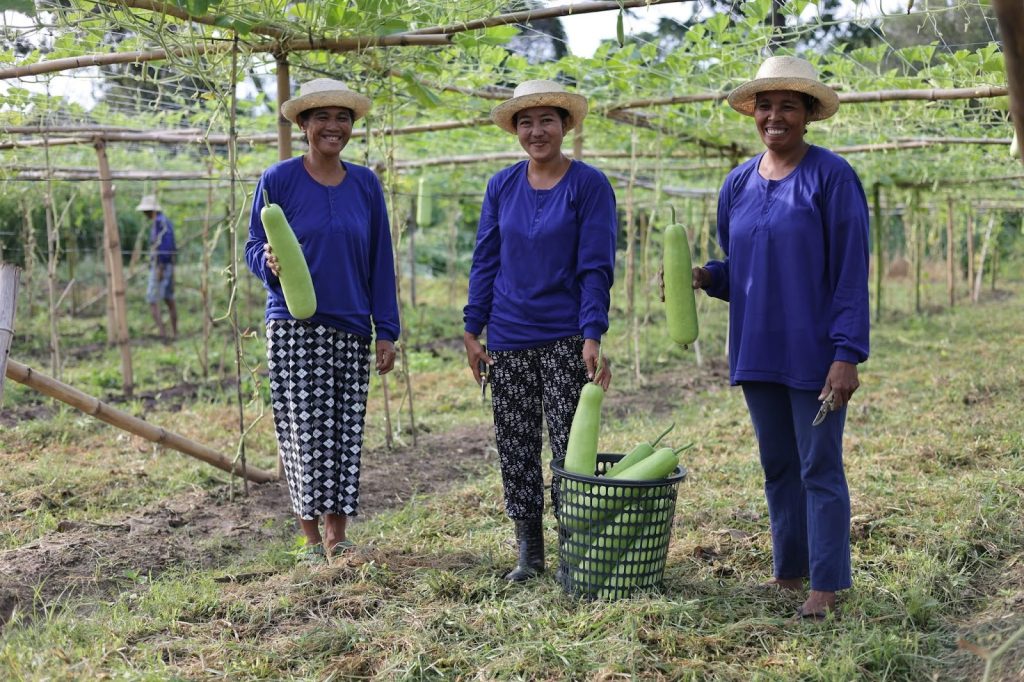
Image courtesy of DSWD Field Office MIMAROPA
When it comes to tackling immense challenges such as climate change, food insecurity, and biodiversity loss, sometimes the most effective solutions are the simplest: working with nature, not against it. Nature-Based Solutions (NbS) are actions that restore and manage our ecosystems to address these interlinked challenges, offering benefits for both people and nature. Recognized globally, NbS are now central to biodiversity and climate policy, with the International Union for Conservation of Nature (IUCN) promoting a Global Standard to guide effective and inclusive implementation of these solutions.
In the Philippines, the Local Adaptation to Water Access and Breaking Insufficiency through Nutritious Harvest for the Impoverished, popularly known as Project LAWA at BINHI, conceptualised and designed jointly by the Department of Social Welfare and Development (DSWD) and the World Food Programme (WFP), applies NbS principles and standards while building over 2,500 small farm reservoirs (SFR) to capture water, reduce drought risk, and support small-scale, community-driven regenerative agriculture around those bodies of water.
This integrated water and food security programme of the Government of the Philippines aligns with IUCN standards and contributes to COP16’s focus on ecosystem valorisation. This programme will likewise address the expected impact of climate change (through increased temperature and rainfall variability) on food security and livelihoods over time, as highlighted in the WFP Climate Change and Food Security Analysis (2021).
Water has shaped human history, causing conflict when in scarcity and a source of celebration when in abundance. As the essential element that sustains life, water’s role has never diminished. Yet in a world facing accelerating environmental, social, and economic challenges, how we manage, value, and govern water will increasingly determine the resilience of our communities, ecosystems, and economies. This makes initiatives like Project LAWA at BINHI more transformative than ever.
“This initiative aligns with the government’s commitment to fostering early actions that contribute to long-term resilience and sustainability in the face of climate-related challenges,” DSWD Secretary Gatchalian said.
The Value of Every Drop
Of all the water on the planet, only 2.5 percent is freshwater, which is locked away in glaciers and ice caps. The most accessible yet declining water source is groundwater. This leaves a mere 0.3 percent of global freshwater as surface water- rivers, lakes, and wetlands, available for direct human use. Conserving and managing this limited resource is both an environmental and social imperative.
Project LAWA’s impactful yet straightforward strategy is the construction of small farm reservoirs, or SFRs. These open-air, earth-lined catchment systems require no material input beyond local labour and knowledge. Their low cost, context-relevance, and ease of replication make them an ideal water management solution for remote and underserved communities.
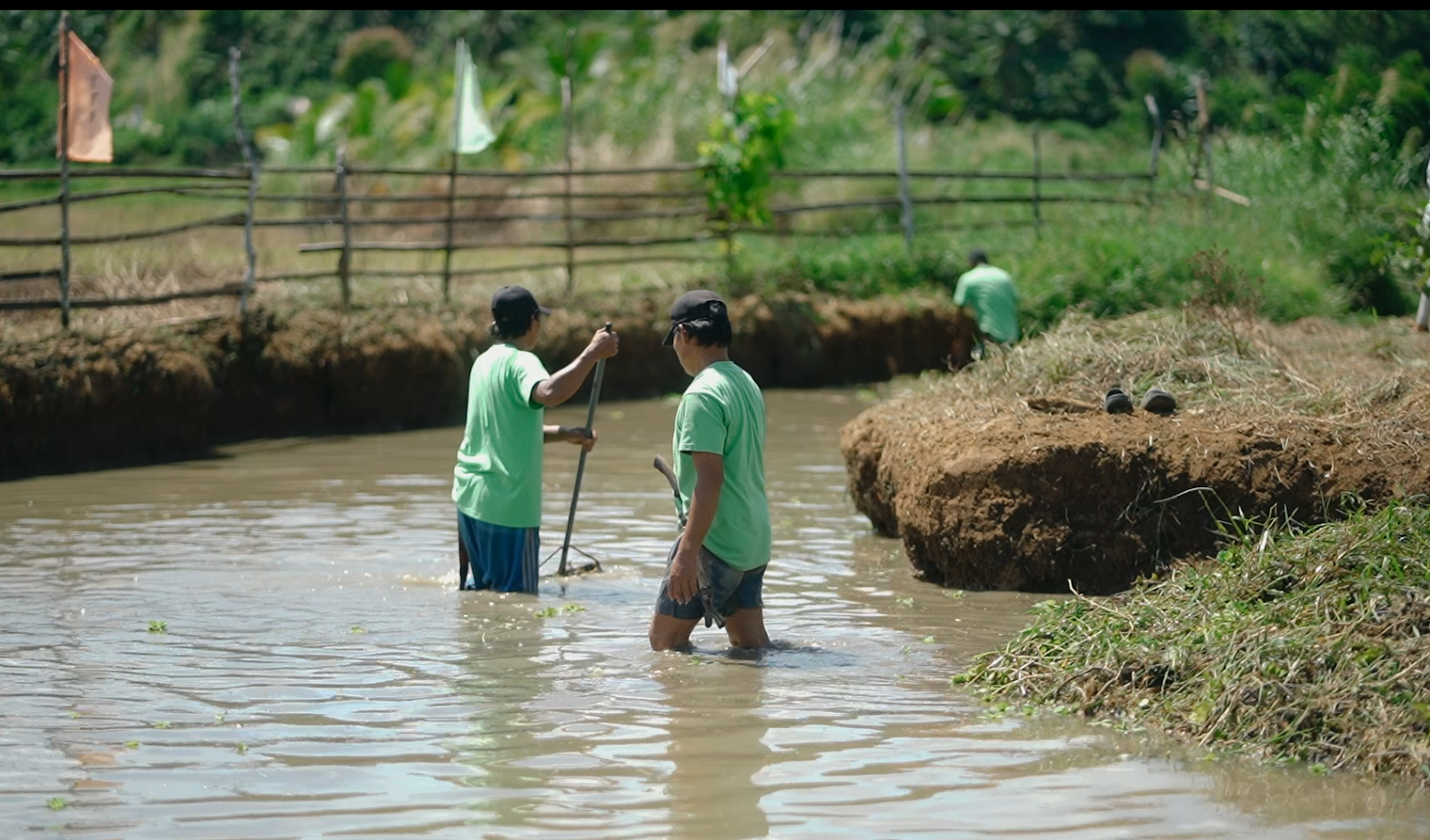
Image courtesy of DSWD Field Office V
A Living Watershed System
Project LAWA follows a Watershed Approach, creating natural biophysical catchment areas that channel water and nutrients to the lowest point. Watersheds are living systems; their health and function can be compromised when individual components are degraded. Restoring them through SFRs conserves water, revitalises ecosystems, and bolsters livelihoods.
For communities supported by Project LAWA, these water reservoirs are life-changing assets. In Barangay Kihan, Municipality of Malapatan, Sarangani Province, Soccsksargen Region, residents built a second and then a third reservoir alongside the first. Each has a specific role: fish farming, breeding minnows to replenish stocks, and securing water for livelihood and household use.
“By embracing a landscape-based approach, we empower communities not only to secure their livelihoods but to thrive within resilient ecosystems,” says Regis Chapman, WFP Philippines Representative and Country Director. “This holistic vision strengthens food systems, restores natural resources, and multiplies the ecosystem services that sustain life—delivering lasting benefits for people and planet alike.”
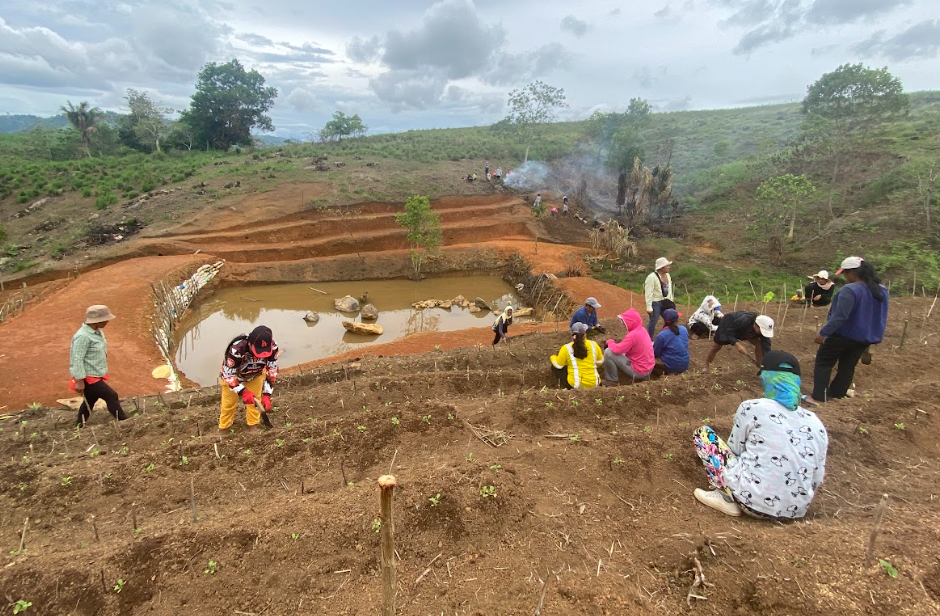
Image courtesy of DSWD Field Office VII
Empowered Communities, Sustainable Innovation
More than a technical solution, Project LAWA at BINHI unlocks the power of self-determination, a core tenet championed by DSWD Secretary Rex Gatchalian. His commitment to strengthening communities against climate challenges through timely and strategic responses finds a powerful echo in the personal transformations witnessed on the ground.
Consider Toron Sultan, a 58-year-old farmer from Poblacion, Matungao, Lanao del Norte, whose life epitomized the struggles Secretary Gatchalian aims to address. For years, Toron faced long dry seasons, meager harvests, and the constant hardship of food insecurity, often unable to provide three full meals a day for her family. Her life was a daily struggle for survival. When Toron learned about Project LAWA at BINHI, she eagerly joined, hoping to secure more for her family. Alongside other beneficiaries, she helped construct a vital water impounding system, which later became a thriving tilapia pond, and cultivated a communal garden.
Her dedication, including participation in the Food-for-Work program that provided essential food packs, significantly boosted her confidence. “Because of this, I can teach my children how to live through planting,” she proudly shared, embodying the self-reliance and long-term resilience that Secretary Gatchalian envisions for Filipino communities. Toron’s story is a testament to the power of perseverance and the direct impact of initiatives like Project LAWA at BINHI, which align with Secretary Gatchalian’s vision of fostering early actions for long-term resilience.
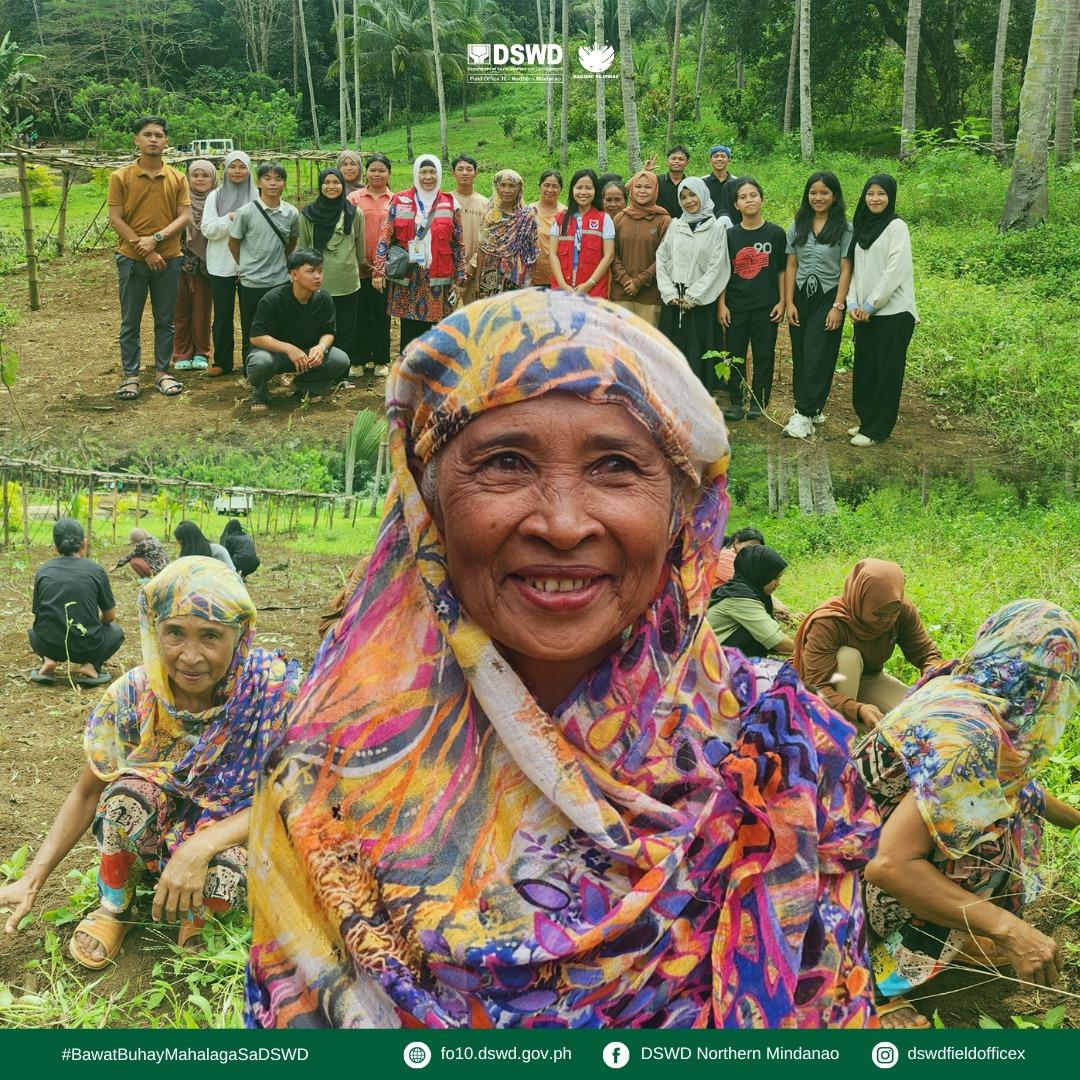
Success story and image courtesy of DSWD Field Office X
Building Resilient, Regenerative Landscapes
The benefits of Project LAWA at BINHI ripple beyond individual communities. Imagine critical watersheds dotted with SFRs and BINHI activities, providing fish, fresh vegetables, and economic opportunities to the marginalized. Such landscapes, with perennial plants, ground cover, and water-harvesting systems, slow, spread, and absorb water, replenish aquifers, reduce erosion, and mitigate climate impacts. In the process, they also sequester carbon and restore biodiversity – a true NbS gem.
Project LAWA at BINHI’s success lies in its combination of technical strength and human empowerment. By addressing both water scarcity and livelihood opportunities, the program secures essential resources and fosters innovation, community leadership, and environmental stewardship. As climate pressures grow, these qualities are needed to nurture resilient, self-reliant communities capable of shaping their futures.
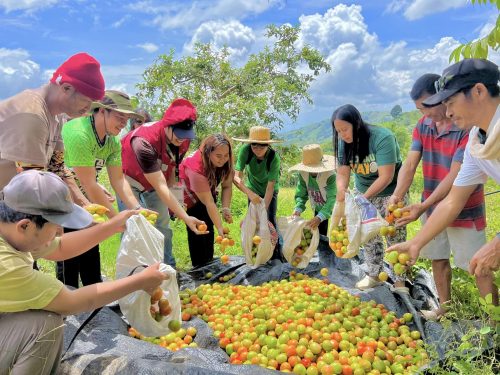
From Land to Life: Project LAWA at BINHI’s Nature-Based Path to Climate Action
Image courtesy of DSWD Field Office XII



